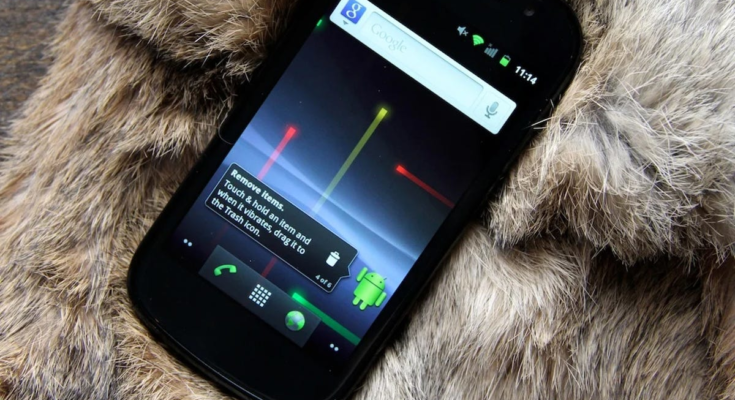
Whether you’re running it for a nostalgic feel or you’ve held on to a device for too long, it’s time to say goodbye to the decade-old Android Gingerbread. Google is officially laying it to rest.
As of Sept. 27, the company will no longer allow devices running the vintage version of Android 2.3.7 or lower to connect with Google services, effectively cutting off every essential part of being an Android user. “If you sign into your device after September 27, you may get username or password errors when you try to use Google products and services like Gmail, YouTube, and Maps,” cautions the official community post.
If the device you’re using can update to Android 3.0 and up, Google will prompt you to do so to continue accessing Google apps and services. And if you can’t update that particular device with a newer version of the operating system, you can attempt to log into your account through a mobile browser.
Gingerbread is the seventh version of Android and arguably one of the most iconic in the platform’s history as it was the first one to fully initiate an annual update schedule. The version stuck around for a solid 10 months, compared to the usual three that was the pattern at the time. Google eventually shifted its focus toward the tablet-only release of Android 3.0 Honeycomb, and the next smartphone version was Android 4.0 Ice Cream Sandwich.
Gingerbread introduced a slew of features to Android we still rely on today, like the press-and-select method for copying and pasting. Gingerbread also enabled the ability to switch between two cameras—a front- and rear-facing one—and support for NFC, paving the way for wireless payments. It even brought us the first Android Easter Egg, which became an essential part of the platform’s lore, particularly among its devoted users.
G/O Media may get a commission
Android as a mobile operating system has evolved exponentially since that initial Gingerbread release in December 2010. Google has done a ton of work to extract parts of the OS to be more quickly updated. So far, this has proved a more efficient way to push out feature updates, and it’s resulted in more parity among devices on the platform. But it didn’t start this way, which is why some older versions are getting the cap.
As Ars Technica explains, shutting Gingerbread’s access to Google apps and services is a service to the rest of the Android operating system. Those older versions of Android don’t have access to the latest security features like two-factor authentication, which means they aren’t all that safe in today’s world.
The tablet-only Android Honeycomb is the oldest version you can use now since it relies on a relatively still-in-use option to sign in to your Google account through the browser. Much like browsing the internet on a virtual machine running plug-ins from 1998, it will get harder to step into the fantasy with an older Android device without the help of third-party software. Anyway, less than 0.2% of users are on Gingerbread in the present day, so at least there won’t be a mass disruption once the version officially shuffles off into the Great OS Graveyard.



